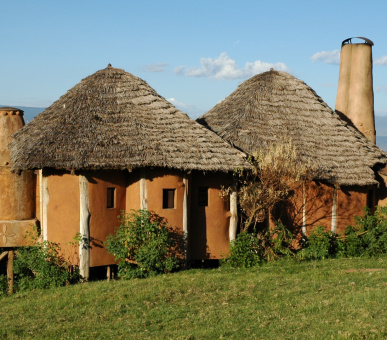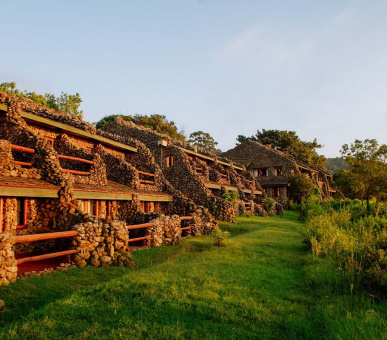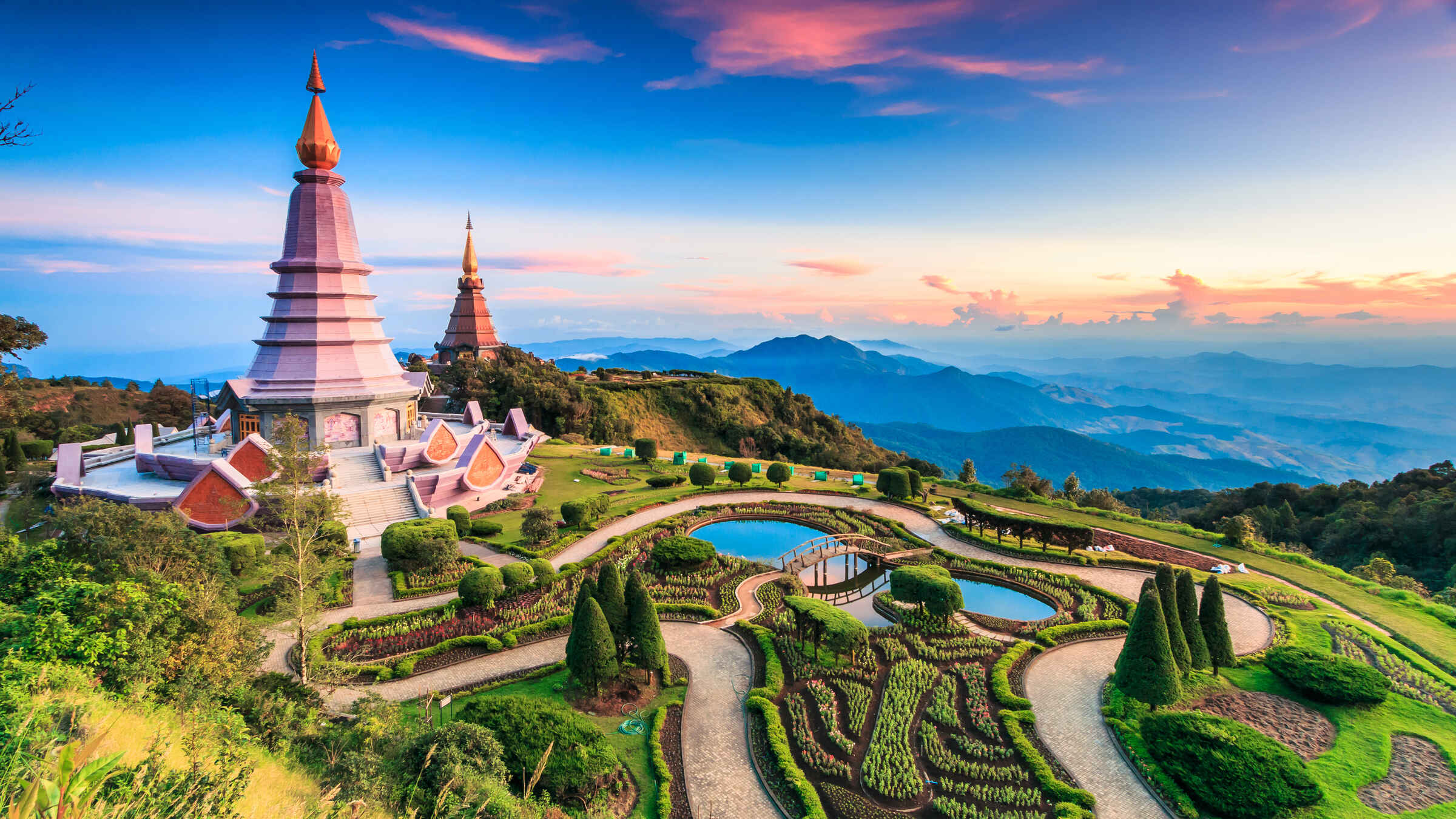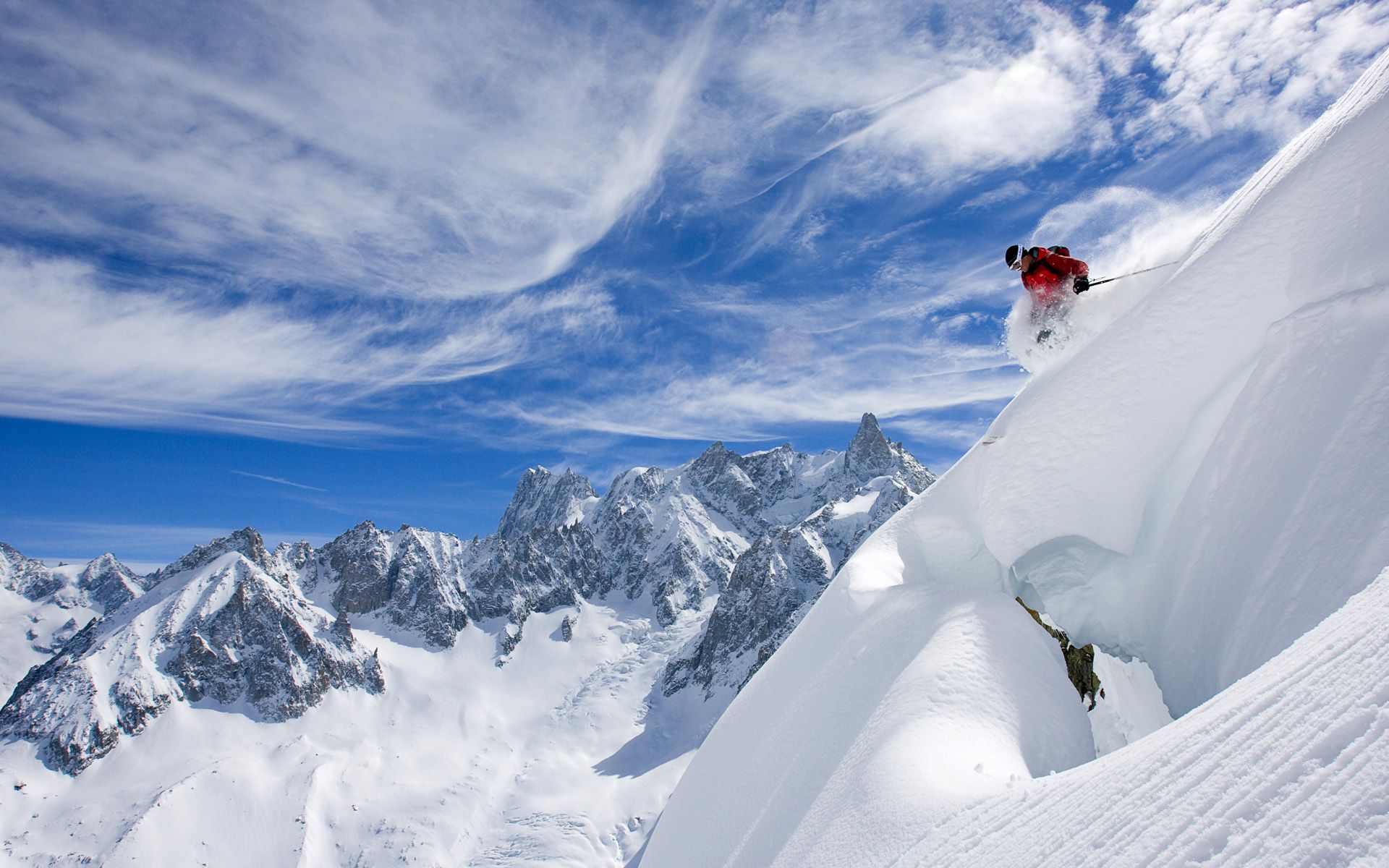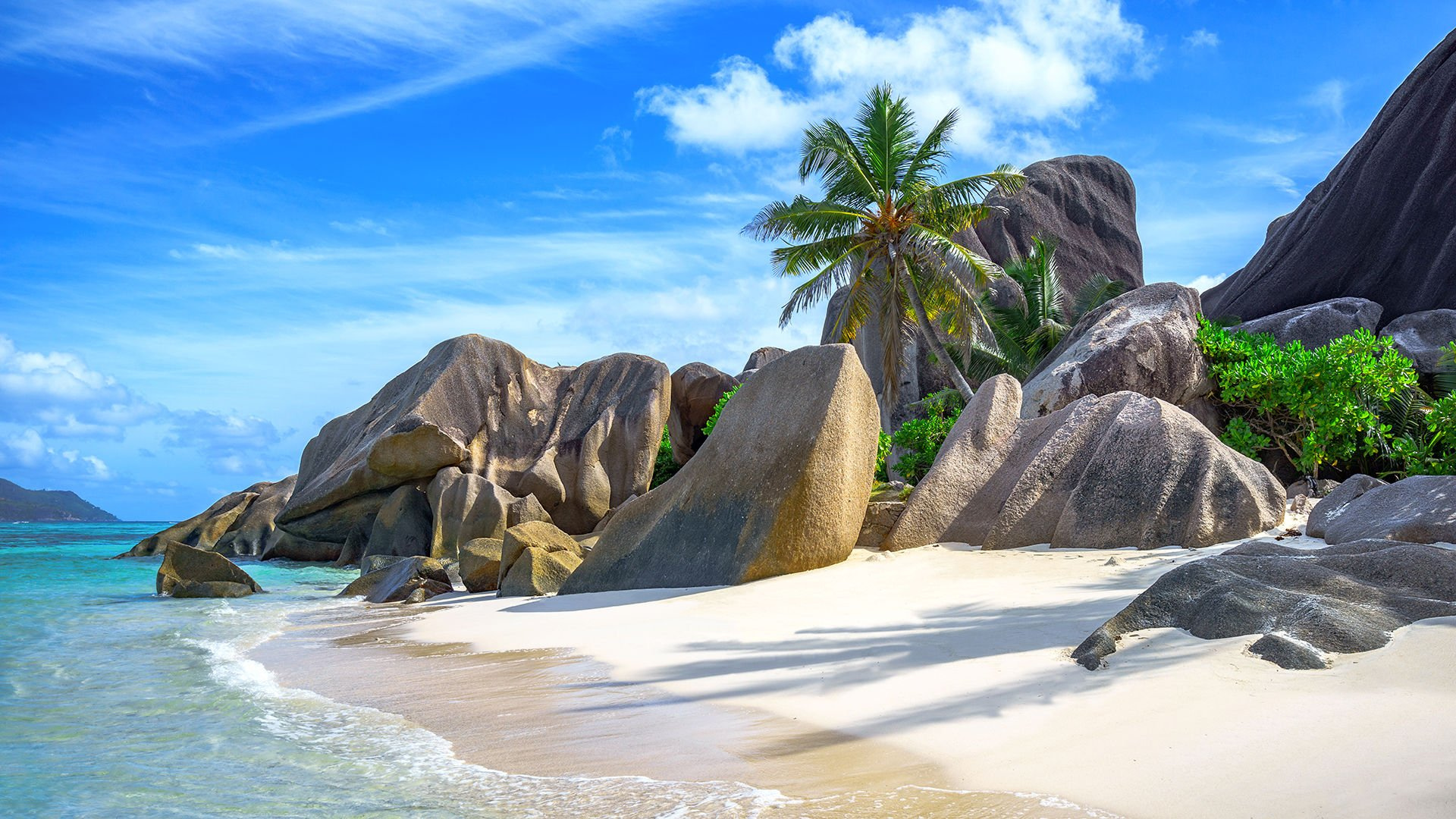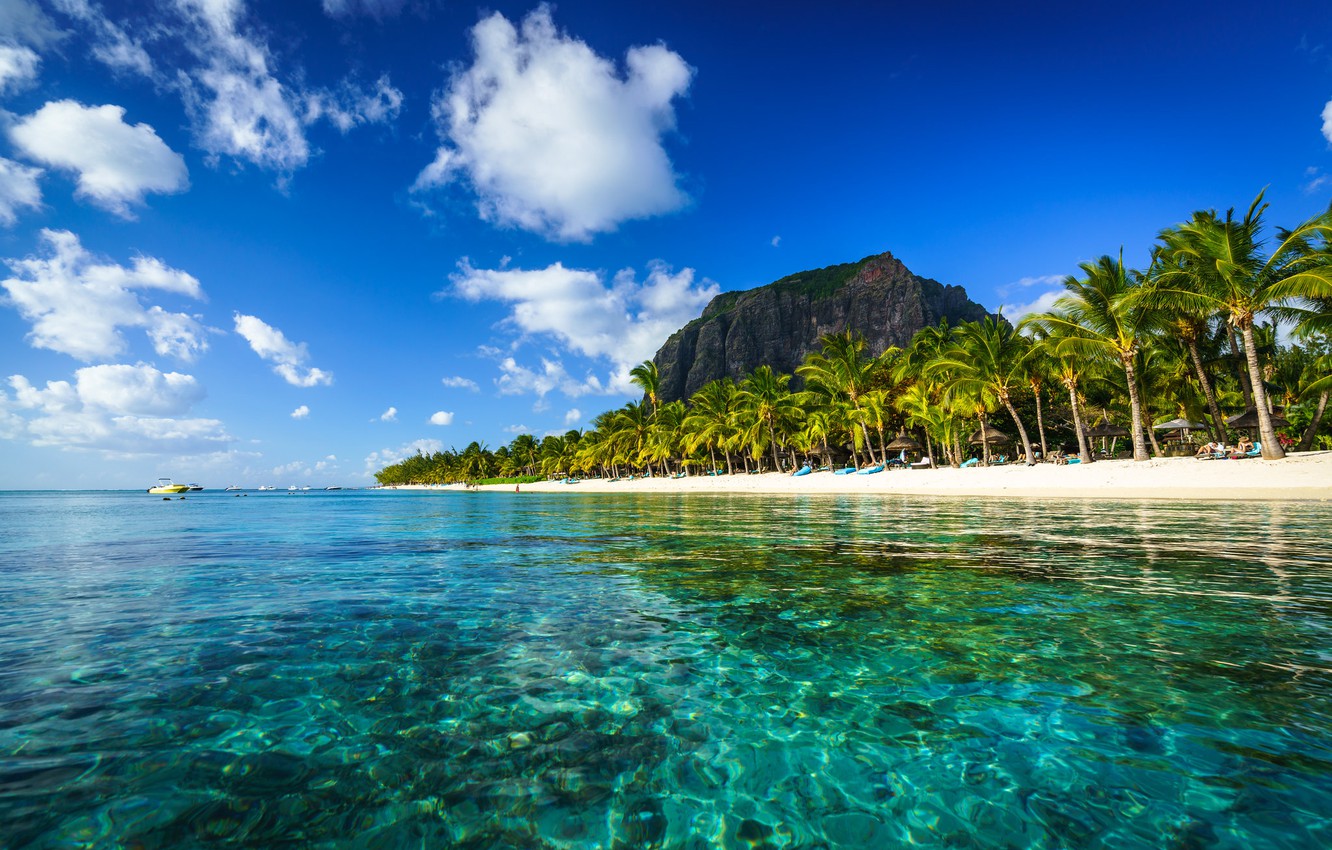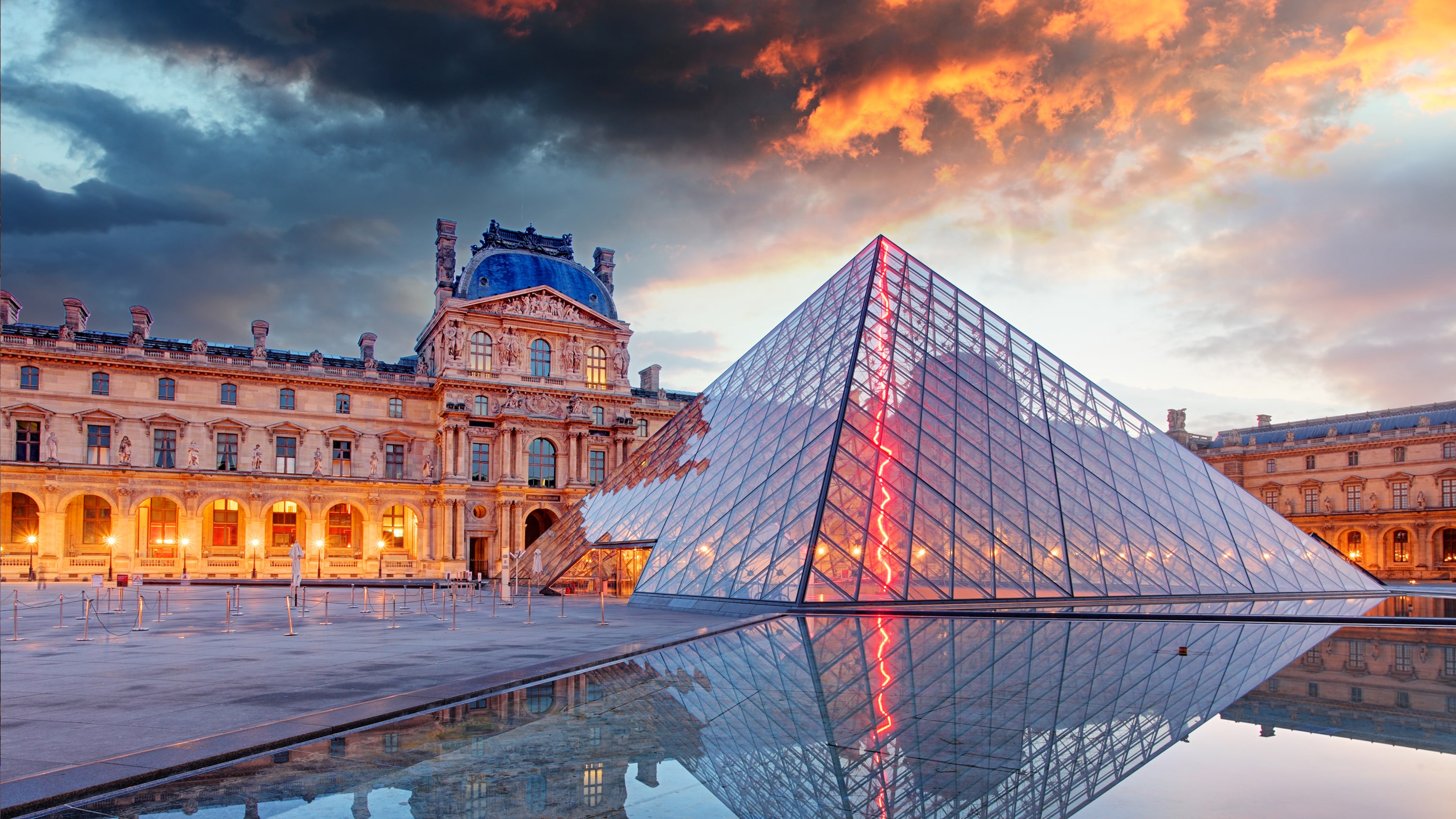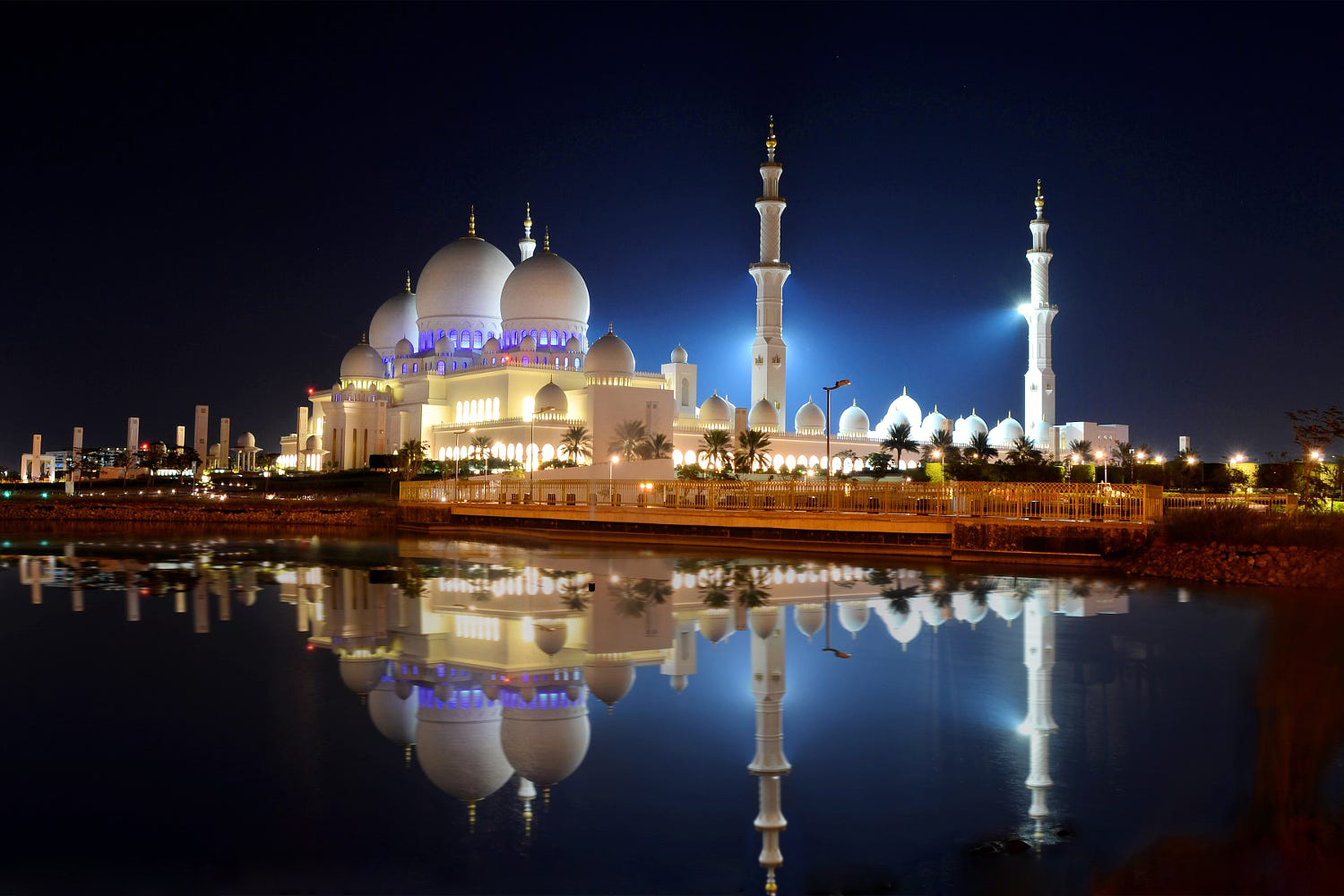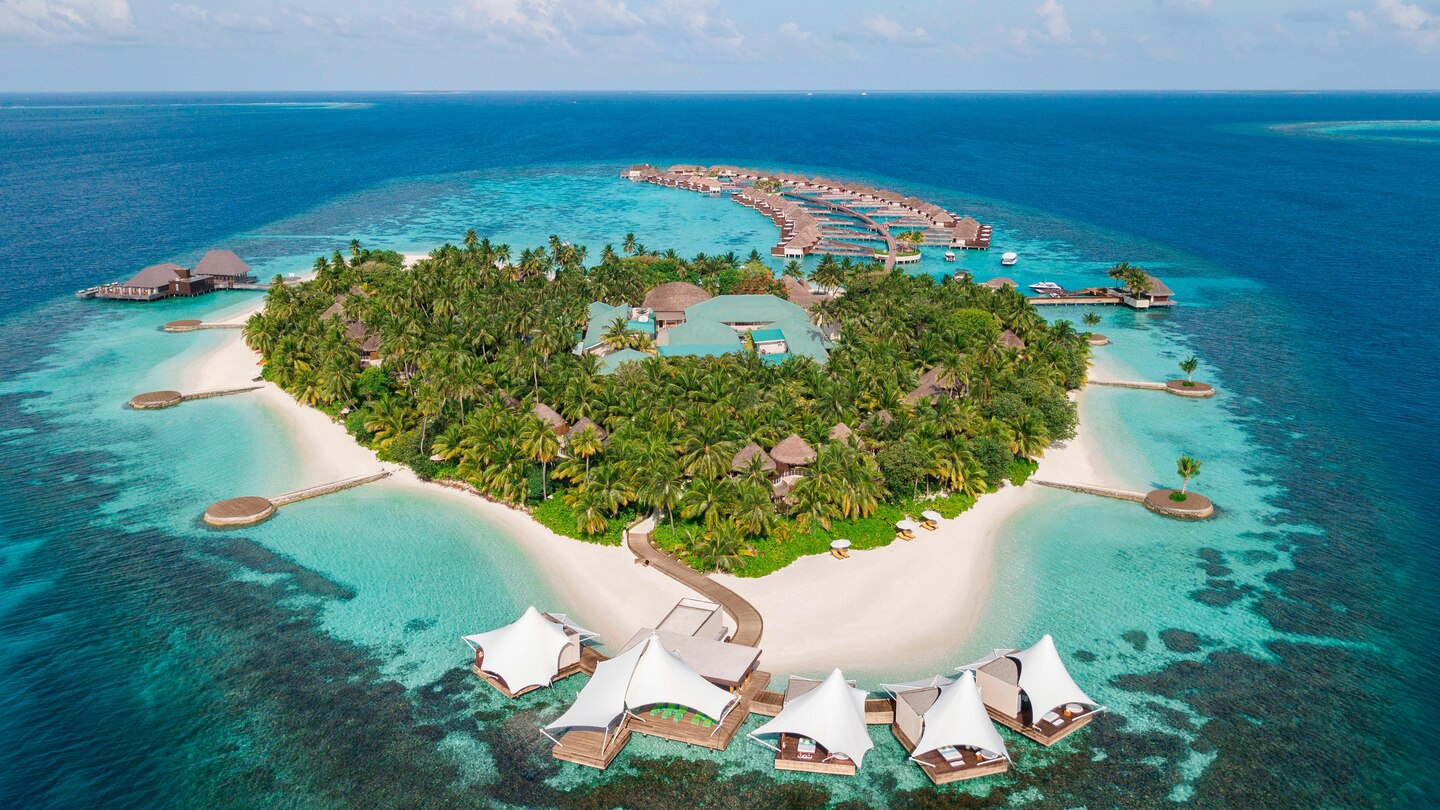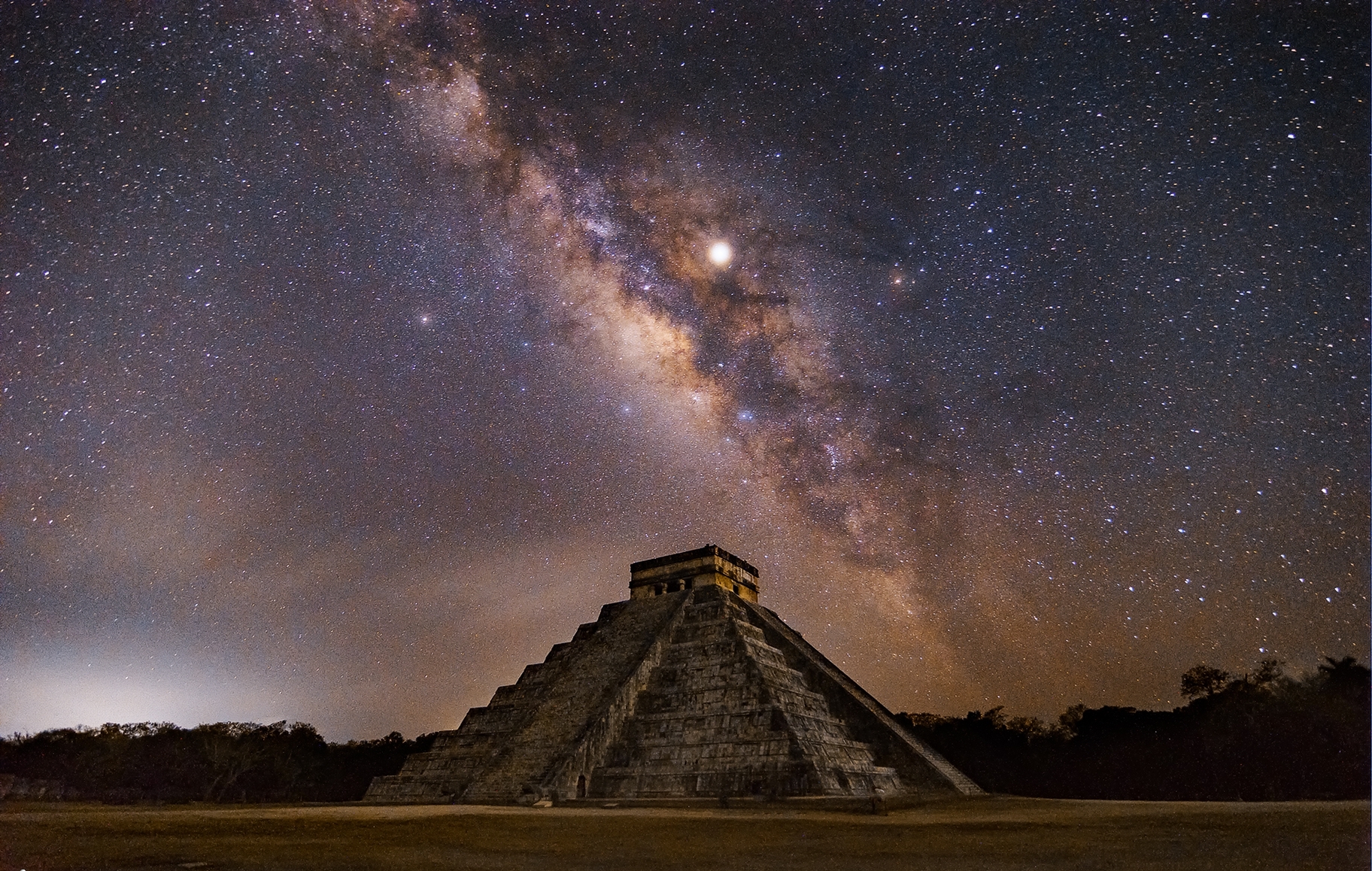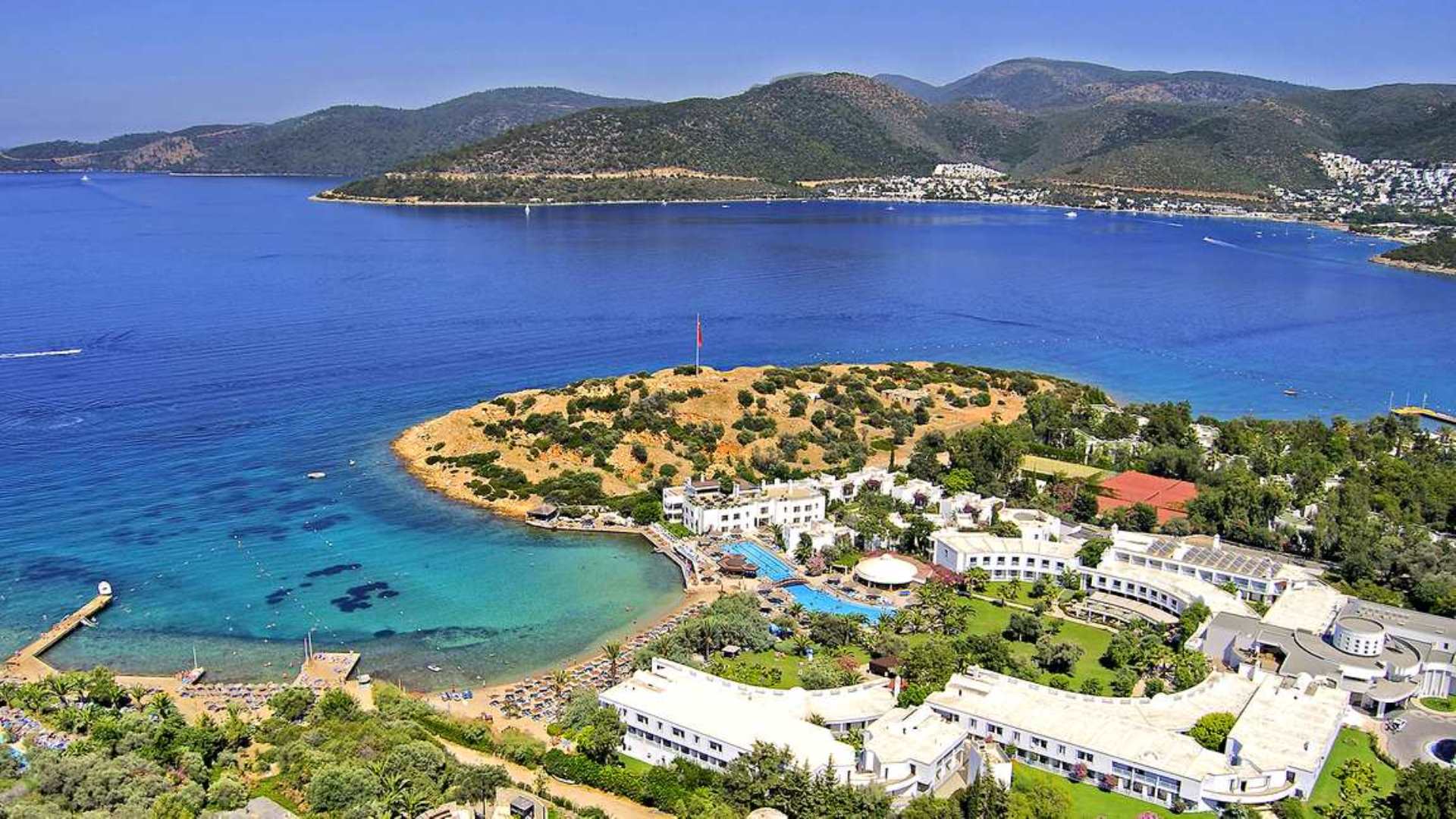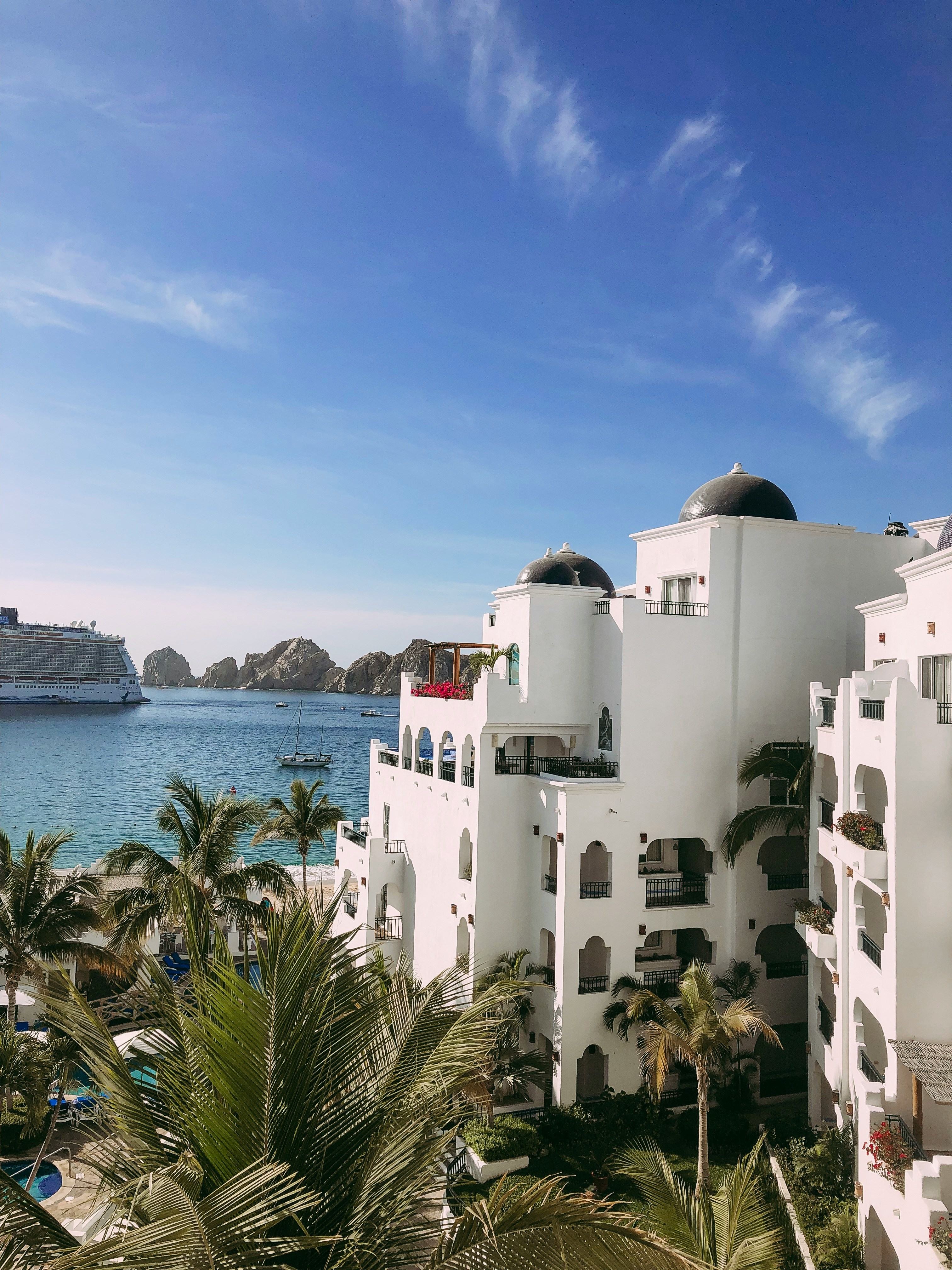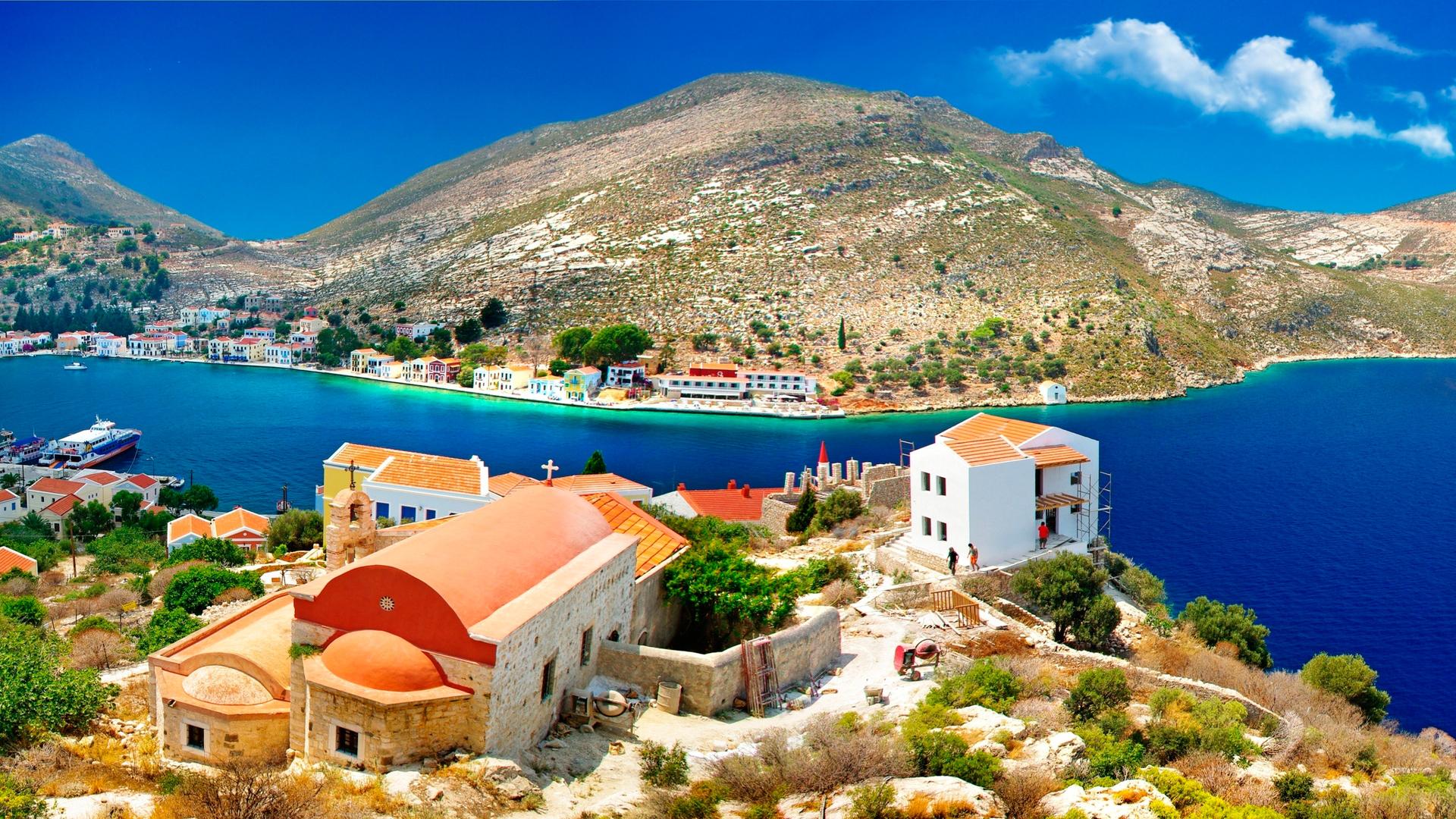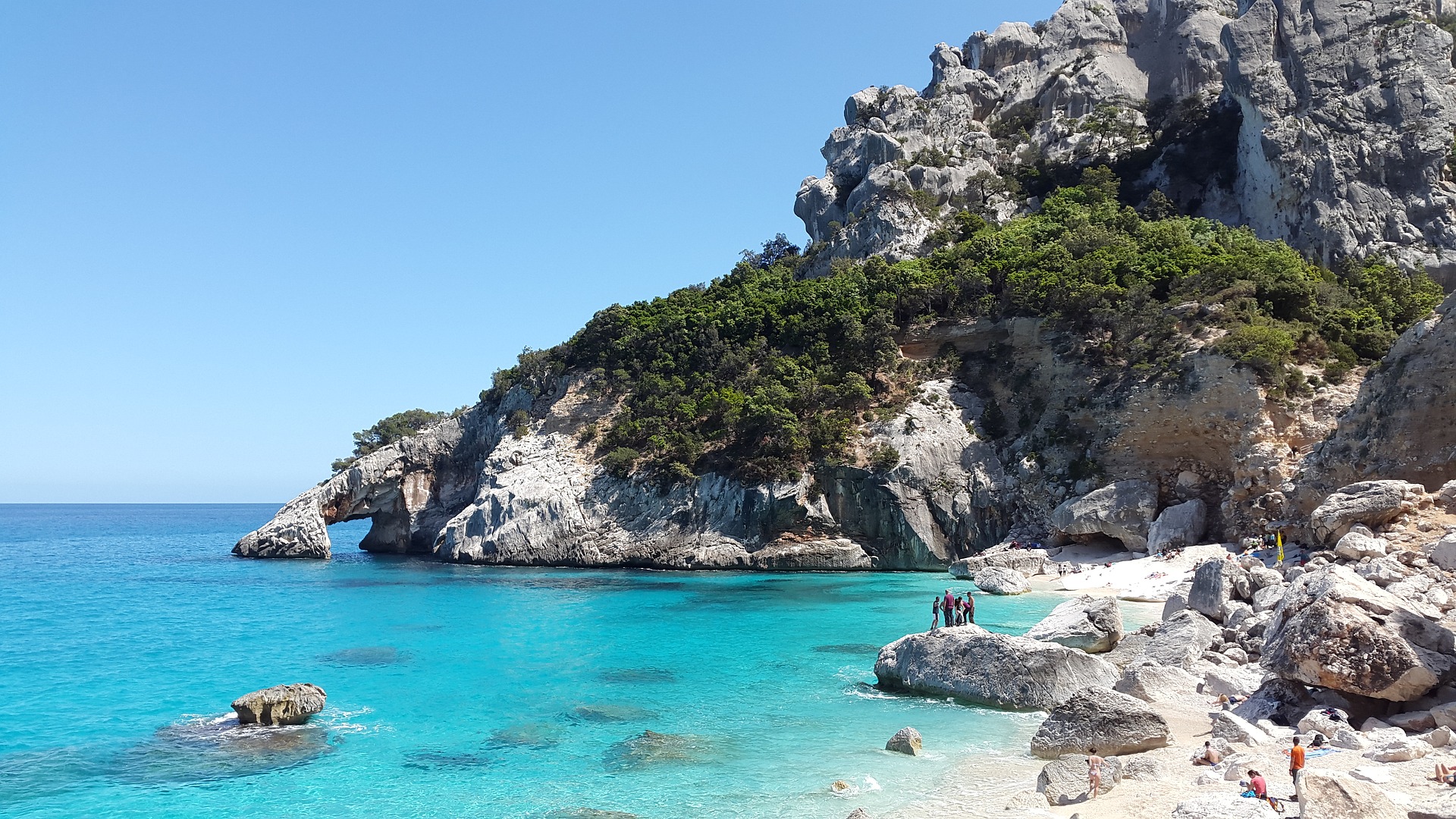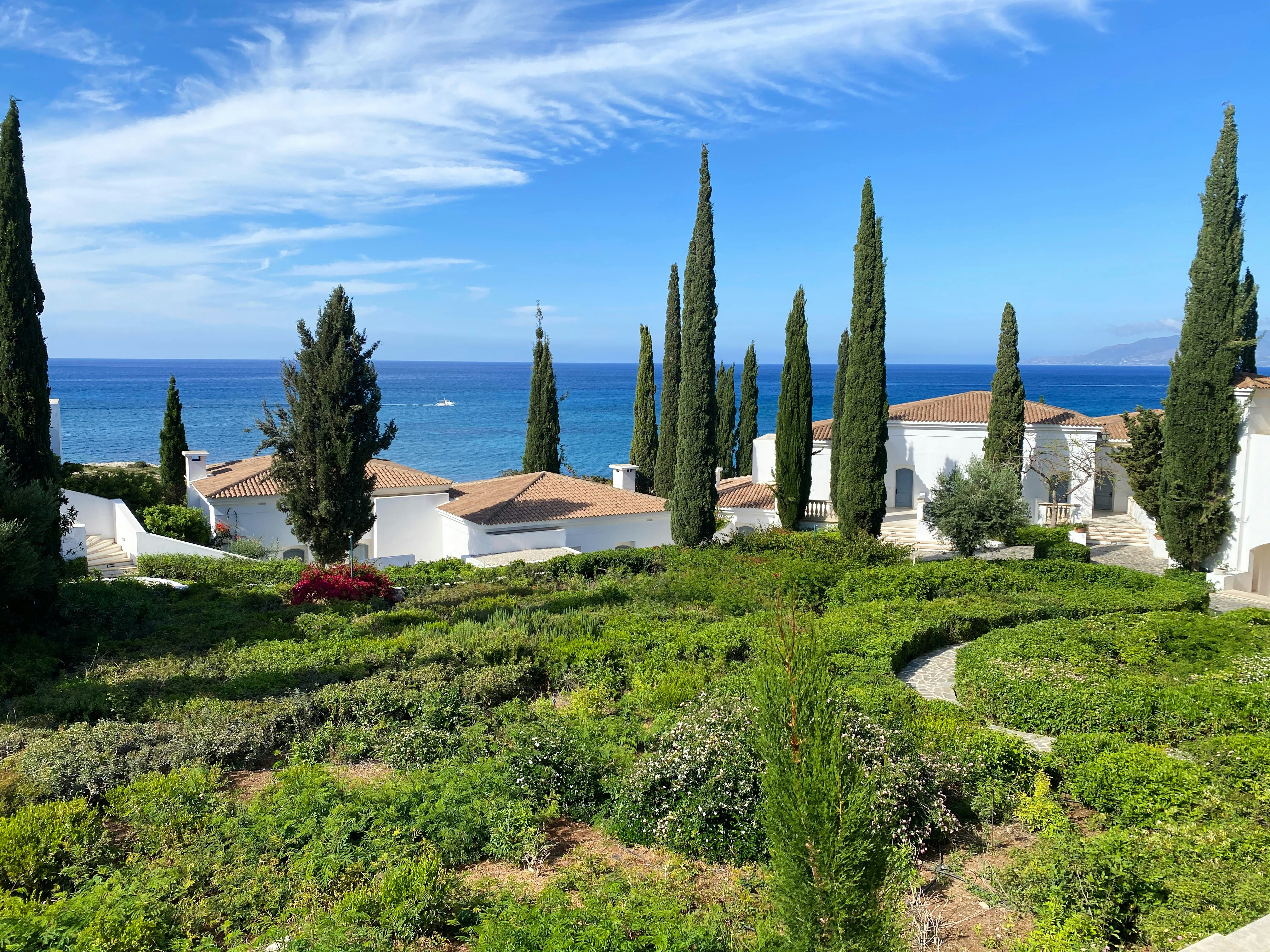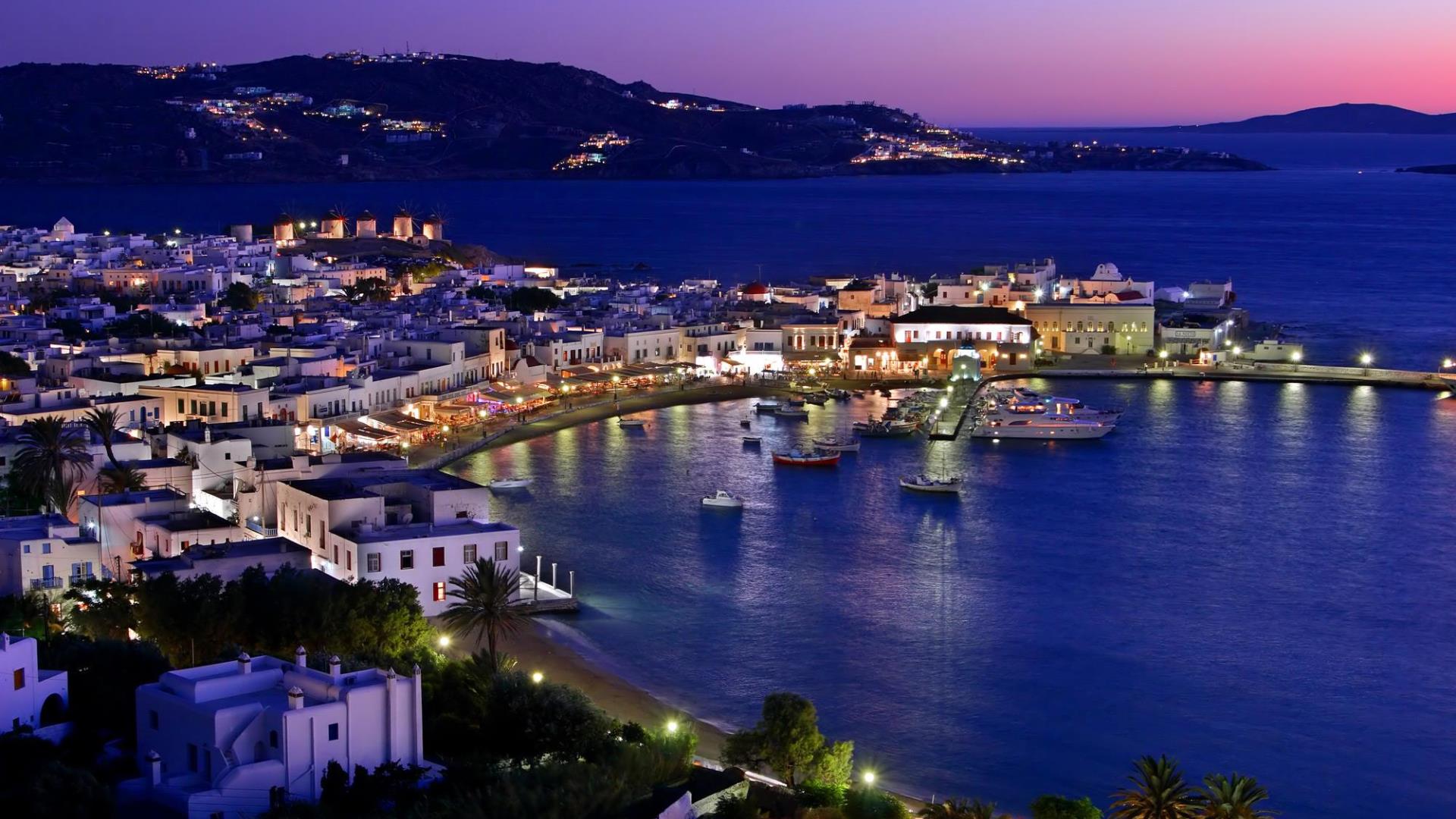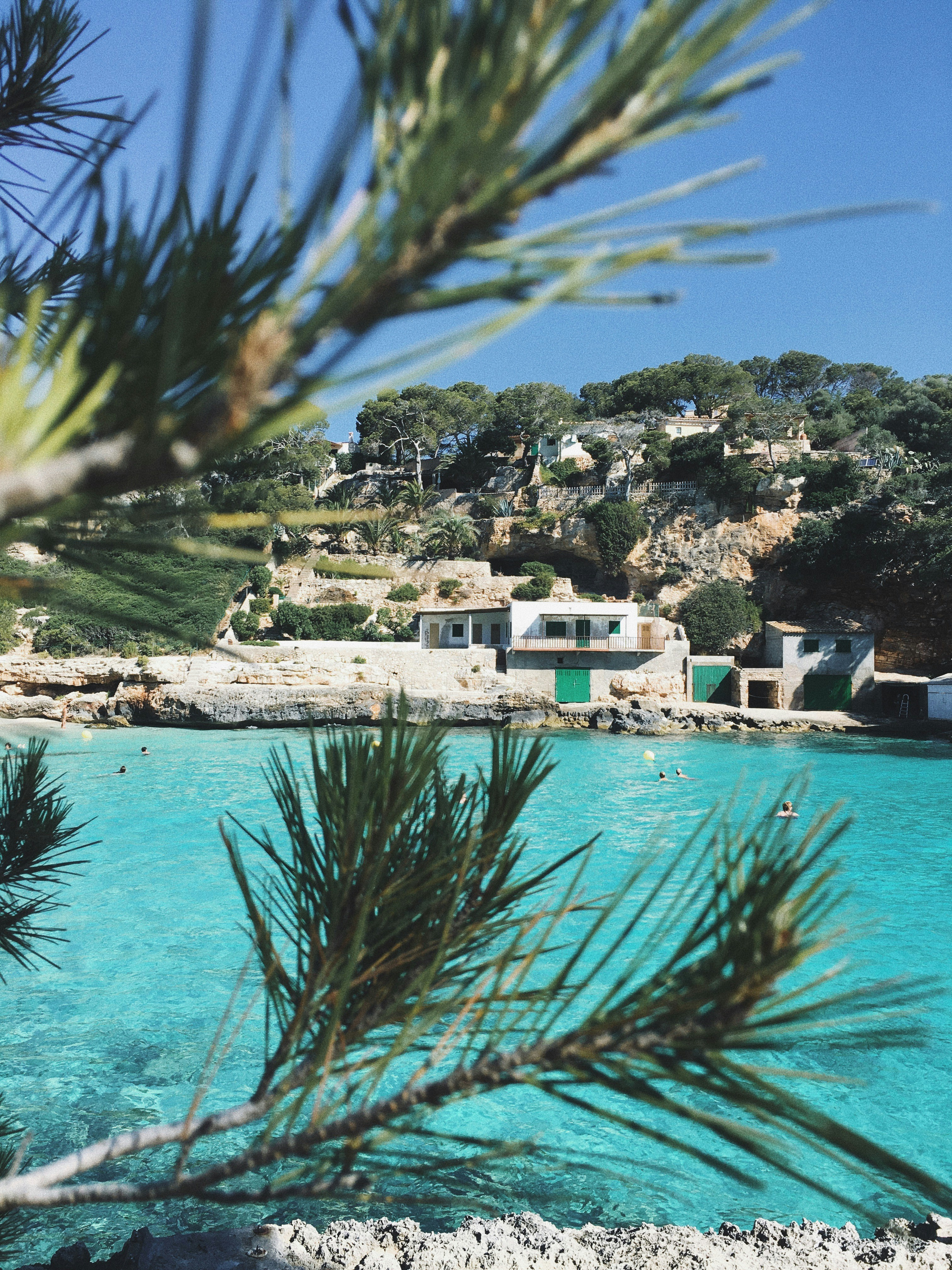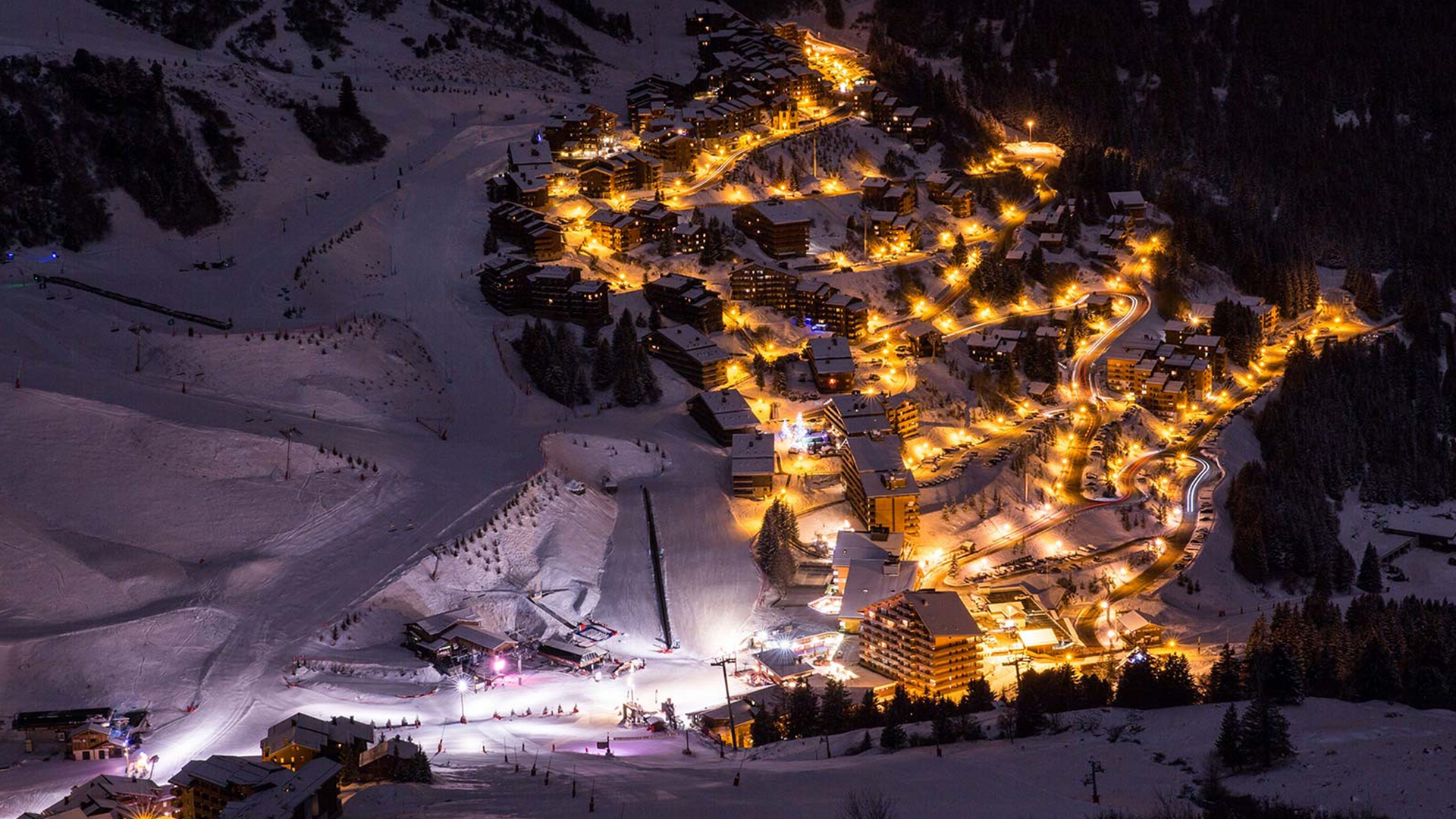Holidays in Ngorongoro Reserve
One of Tanzania ' s largest reserves, equitably called " land " or " eighth miracle of light " , draws the attention of travellers from many countries of the world annually. The total protected area is 8,288 square kilometres. The name of Ngorongoro was given by his main virtue, the crate of the Ngorongoro volcano. The word " horongoro " comes from the Masai Ilkorongoro, which is what they call ancient warriors who defended local territory from the invaders.
Crater Ngorongoro is considered relatively young in Africa. The volcano diameter is up to 22 km, with a total area of 265 square kilometres. The Valley was formed about 2.5 million years ago, after the biggest eruption of a huge volcano and the collapse of its top. Further volcanic activity in the form of weak eruptions has contributed to the bottom of a mountain peak that can be seen to date. Today, the Caldera Ngorongoro Okaymlen is a steep but partially destroyed natural wall, its edges are at a height of 2286 m above sea level and the bottom are 610 m below sea level.
The territory of the crater is partially occupied by a luxury lake, a flamingo habitat. The lake is surrounded by beautiful pastures for antelope, zebra and other grassy animals. Nature is unique to its own habitat for many species of animals that are unable to reach out of Caldera. They're born there, live, multiplied and dying. Scientists estimate that some 30,000 of them are living in the crater. Here, you can see the big antilops of horses and tops, lions, elephants, hyenas, straws, pavians, buoys, leopards and fugitives. There are about 17 white and black noses in the territory of the crater who have been assigned to the Red Book. The vegetation of the Reserve is also very diverse. There are forests, swamps, lakes, rivers, staps and savannah.
Crater Ngorongoro and its surrounding area were identified in 1954 from the Serengeti National Park and became a reserve in 1959 to preserve a unique ecosystem including the Alduway Valley. In 1978, the Reserve was declared a world natural heritage.
One of the most important functions of the Ngorongoro Reserve is to protect interests and preserve the traditional way of life of ancient indigenous peoples.
The Masaia tribe, which still has a herd of cattle, sheep and goats. The archaeological history of the Reserve is linked to the Alduway Valley, where Dr. Luis Liki found the remains of the Zijantrot, an ancient fossil primate. There were also other known relics, including prehistoric elephants, giant horot barans and giant straws. Different safari programmes.

